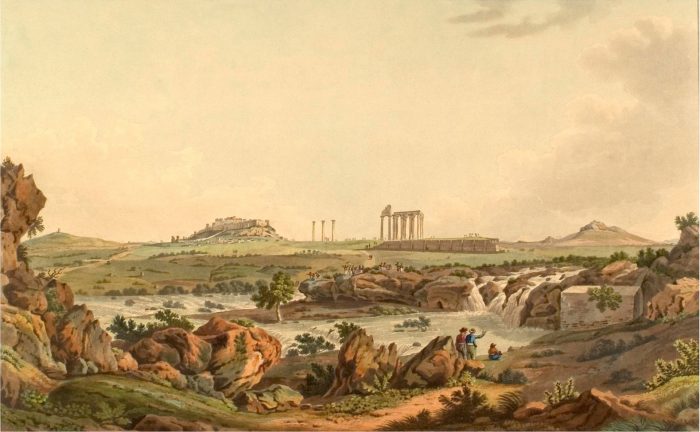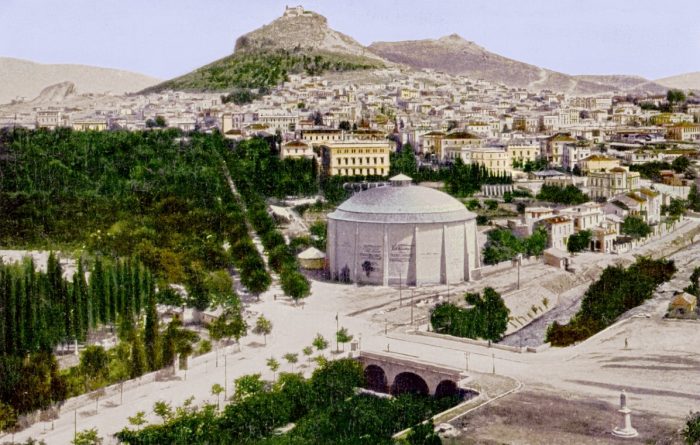The British newspaper The Telegraph revealed on Sunday that a Greek urban renewal firm called ”Anaplasis” plans to uncover Athens’ ancient river of Ilissos.
Back in October of 2018, a part of the Athenian tram line was closed off because the part that sat atop a tunnel used to cover the Ilissos River presented structural issues.
The Anaplasis team has been working since then on ideas for how to fix this issue.
According to Professor Katerina Christoforaki, who is a member of Anaplasis, their final, startling, decision was not to propose a repair of the tunnel but the complete opposite: to get rid of the tunnel entirely, and uncover the ancient river.
They propose to create a mile-long line park, similar in concept with the ”High Line” park, a very successful urban project in New York City, which turned an old rail line into a spectacular park with lush greenery.
The team’s idea is to create a narrow park along the banks of the Ilissos River which would connect the Acropolis with the Museum of Modern Art.
Athens is currently ranked 22nd among thirty cities in Europe in terms of green space. The city clearly needs more green. The creation of a park which would bring the Ilissos ”back to life” seems a rather clever idea, and one that pleases the senses while creating a new pedestrian connection between two major tourist destinations.
The Ilissos ran outside the walls of Athens in antiquity. Plato himself wrote that the river actually formed one of the borders of the Athenian walls. Its idyllic banks, with tall plane trees and beautiful pathways, were favored haunts of Socrates for his walks while he taught his students.
Largely covered now, flowing along in underground tunnels following Athens’ massive urban expansion of the early 1900s, the Ilissos is awaiting the moment when its waters will once again sparkle under Athenian skies.
The team’s idea has not been adopted as of this time, but as Christoforaki told the Telegraph, the ambitious project could be completed in as little as ten years.



